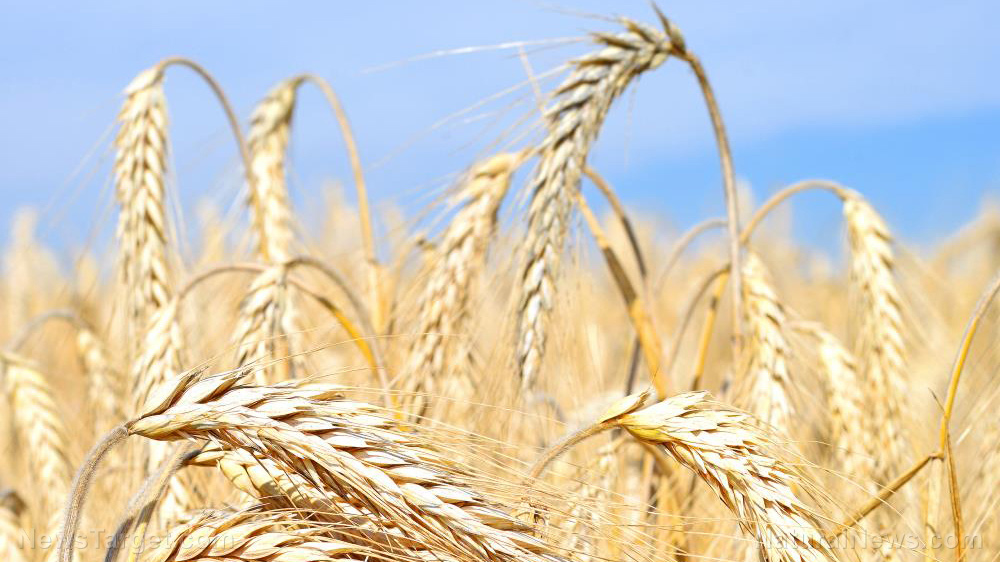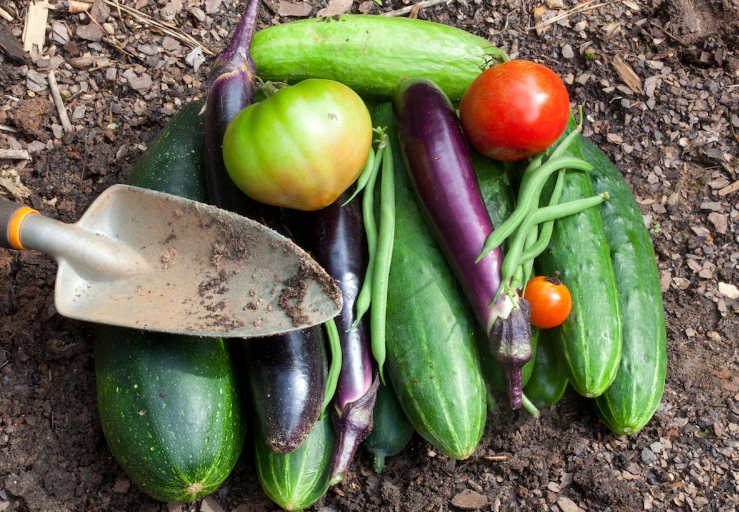
Grains serve as good sources of nutrients, such as carbohydrates, vitamins, minerals, and fibers, that are needed to keep the body healthy. People who eat this crop also lower their risk of heart disease, diabetes, and cancer. All these benefits are very encouraging reasons to start planting grains.
Most people associate grains with large fields but the truth is you just need a little patch of land to begin. Although there are many types of grains, the general workflow for starting them is the same for all. The first step is to work the soil into the seedbed. You can then proceed to spread the seeds over this area. The next step is to rake the soil so that the seeds can be pushed into the ground. Afterward, place two to four inches of straw on top of the seedbed to preserve moisture and prevent weeds from.
The main differences between the various types of grain are when they are planted and harvested. Some of the most common grains are listed below, along with important information regarding them. (Related: Whole grains can increase your lifespan, decrease diabetes, heart disease risk and more.)
- Wheat -- Wheat can be further divided into the winter or spring varieties. You can start planting winter wheat in the fall so that it can develop over winter and be harvested in spring. Meanwhile, the spring variety should be started at the beginning of growing season so they can be harvested late into the summer. The hard red wheat variety, which can grow in either season, is known for its use in baking.
- Barley -- This cereal can be planted either during spring or fall so that it can be harvested later into the season. Although it's easy to plant barley, processing it can be difficult because of its tough exterior. After processing, this crop can be added to soups and casseroles or it can also be milled into a low-gluten flour.
- Corn -- For corn to grow, it needs to be planted during a hot season. This crop might need more patience compared to other grains since it takes longer for it to grow. You can opt to plant either sweet corn or dry corn depending on if you want corn on the cob or flour, respectively. It is also okay to plant both varieties at the same time as long as they are far away from each other since they have the tendency to pollinate with each other.
- Oats -- This type of grain prefers a cooler climate so it can be planted in early spring for colder regions and in the fall for warmer places. To make processing easier, choose varieties that do not have a tough cover. Oats are good crops to plant because of their superfood status. They are rich in proteins and have low carbohydrate content.
With so many types of grain available, you can choose the perfect grain for you. Start planting these crops in your home garden and in a few months, you will be able to enjoy the health benefits of your harvest.
Sources include:
Please contact us for more information.























